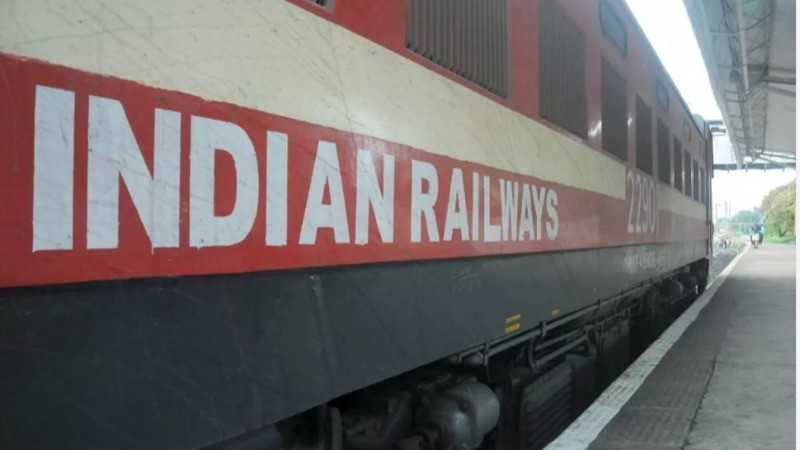
NEW DELHI: In her eighth straight Union Budget 2025, Finance Minister Nirmala Sitharaman allocated Rs 2.55-Lakh-Cr to modernise Indian Railways, a slight decrease from last year's record allocation of Rs 2.62 lakh crore.
The Gross Budgetary Support for 2024-25 was set at Rs 2,52,200 crore, reflecting a notable increase from the Rs 2,40,200 crore in the previous year, and a major rise from just Rs 28,174 crore in 2013-14.
The previous budget focused on boosting industrial growth with strategic infrastructure investments. This included developing key industrial clusters at locations like Kopparthy on the Visakhapatnam-Chennai Corridor, Orvakal on the Hyderabad-Bangalore Corridor in Andhra Pradesh, and Gaya on the Amritsar-Kolkata Corridor in Bihar.
Over the past decade, Indian Railways has significantly speed up its track-laying efforts. The completion of 31,180 kilometers of track, increasing from 4 kilometers per day in 2014-15 to 14.54 kilometers per day in 2023-24, highlights this progress. In addition, the electrification of 41,655 route kilometers between 2014 and 2024 has doubled the total distance electrified before 2014.
The Railways also reported a first-ever freight record, with 1,588 million tonnes of goods transported in 2023-24, a marked increase from 1,095 million tonnes in 2014-15. This, along with total receipts of Rs 2,56,093 crore for the year, contributed to a net revenue of Rs. 3,260 crore.
To further enhance safety, the Indian Railways has been actively implementing KAVACH an Automatic Train Protection (ATP) system, which was introduced in 2020. The technology automatically applies brakes if a loco pilot fails to respond. Currently deployed across 1,465 route kilometers and integrated into 144 locomotives, including Electric Multiple Units (EMUs) on the South Central Railway, the system is a key advancement in safety. The new version, Kavach 4.0, was approved in July 2024.
By July 2024, over Rs 1,216 crore had been spent on Kavach, with an additional Rs 1,112 crore earmarked for the system's expansion in 2024-25.
While Indian Railways relies heavily on its own resources to cover operational costs such as salaries, pensions, and maintenance, it still struggles to fully fund its capital expenditures, including new lines and wagons. As a result, the government continues to provide extra-budgetary funds and grants for these projects.